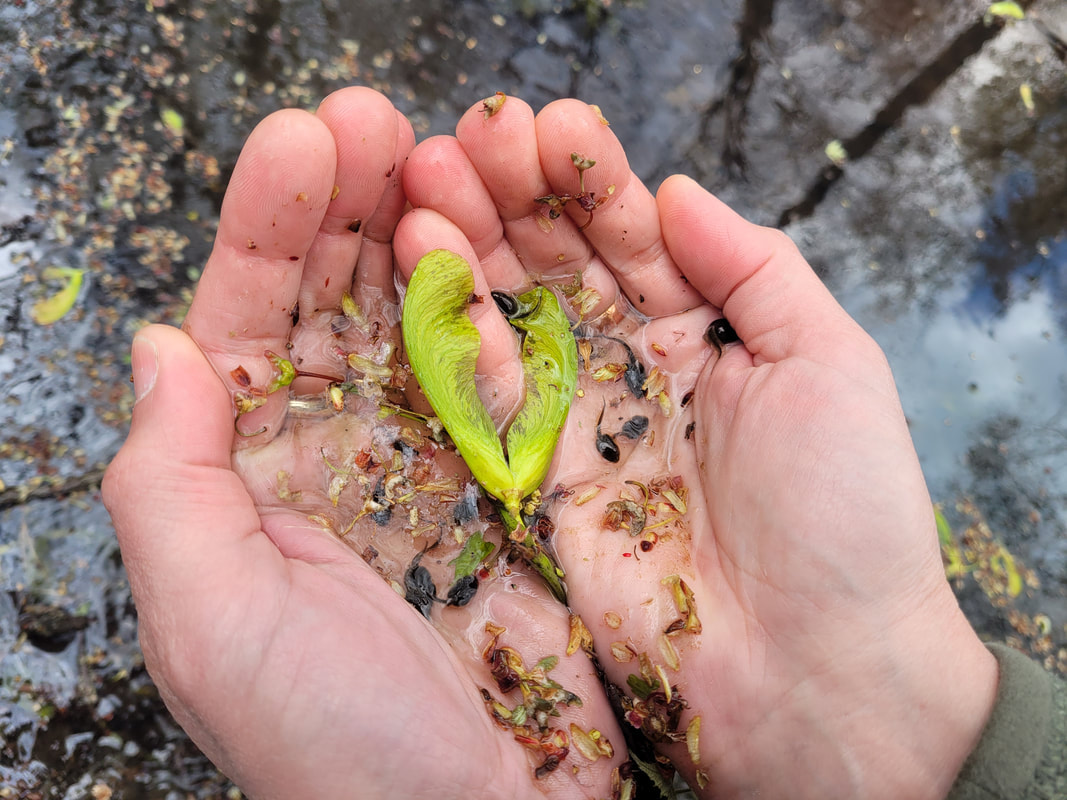|
Our 2021 online Susquehanna Survey received 63 responses from people all over the greater watershed, overwhelmingly sharing their concern about the health of our river and its tributaries. Of the responses received, nearly a third (30 percent) ranked their concerns about the river’s health a 10 out of 10. Nearly half (47.6 percent) ranked their concern at a 9 or 10 and nearly two thirds (63.5 percent) an eight out of 10. “My main concerns are water pollution, soil erosion, garbage, microplastics, dams affecting fish migration and things that injure birds of prey and carrion birds (such as rodent poison and lead poisoning from ammunition in carcasses they eat),” said one survey-taker. “These concerns are in the forefront of my mind because they are preventable, to some extent, and humans are the cause.”
Another shared frustration with a local landfill which accepts fracking waste with “highly radioactive elements like Radium 226 and 228 at concentrations more than 1,000 times the drinking water standard.” The same individual mentioned concern about road salt: “This stuff is killing our freshwater ecosystems and our freshwater supplies. The solution is simple – make this a plows-only state.” Others shared interesting trends they’ve noticed while on our waterways. “Being a land owner on the Penn's Creek at the village of Penn's Creek, I am on and in the Penns a lot down through Selinsgrove. I’m not seeing what we used to on the creek when catching hellgrammites for bait. Wondering why?” he asked. Another shared concerns about trends related to flathead catfish. “They are eating up all the crawfish and smallmouth bass. I have a good friend that spends about 275 days a year fishing the Susquehanna. He has kept journals since 2004. From his notes, the smallmouth population is down about 70 percent. The biggest decline has been since the flatheads showed up.” A different survey-taker noticed a similar trend. “We have been seeing the bass population of the Susquehanna take a nose-dive again, and many showing up with disease. Some year classes are completely missing,” he said. “Also, there is an uptick in the non-native catfish population. Bass are few and far between.” Another shared concerns about numbers of certain amphibians. “I remember as a kid there used to be tons of frogs of different types and salamanders everywhere, and I’m not seeing that anymore. It troubles me.” Littering was a common concern among those taking the survey. “There is so much trash in the river. The amount of tires I see on a day trip down the river is insane and I have seen no work to improve the amount of trash in our river,” one survey-taker shared. “I always fill a bag full of trash on my way down.” Suggested another: “Lick Creek has trash build-up, and Mill Creek near Forksville can be slimy from fertilizer. Also, recent flooding is more frequently extreme than it was 50 years ago.” Heavier usage of our waterways has led to additional worries. “I am concerned about the how people treat the natural resources such as noise pollution, allowing motor sports vehicles in the area and stream health.” Despite the wide amount of concern and variety of specific issues shared, there were a number of positive comments. “I remember in the 1960s/70s when the river in Lock Haven was loaded with mine acid. There was no life at all in the Susquehanna. We would open our eyes when swimming under water and our eyes would burn. By the end of the summer, our swimsuits would all be bleached out from the acid,” reflected one survey-taker. “Today, fish life has returned, we have a resident eagle and there are now fishing boats on the river. It is the start of an ecological success.” As one individual urged, rediscovering our aquatic resources is a great way to get a better perspective of where things stand. “Kayaking has allowed me to become a lot more familiar with the river. To many people, the Susquehanna River is a nuisance to drive around/over, or a dangerous hazard when it floods or just something they don't really think about. With a little water safety knowledge and some equipment, it can be a great recreational resource.” The survey also helped provide the Middle Susquehanna Riverkeeper Association important data on how people are hearing about our work (a majority through Facebook, but also word-of-mouth, Instagram and newspaper articles) – and also which programs are most valuable to them. An overwhelming number of survey-takers indicated that the new HERYN (Helping Engage our River’s Youth with Nature) program holds a lot of value, as does our growing blog feed/podcast series featuring important stories, columns and investigative reports, our efforts incorporating the Water Reporter app with interactive map on our website, our Floating Classroom program and Songs of the Susquehanna project, among others. The survey also helps us identify new volunteers and potential stewards to help spread information and better address the growing number of concerns that come in. Along those lines, we encourage everyone in the watershed who haven’t already filled out our previous 2020 or 2021 Susquehanna Surveys to take a few moments to provide feedback in our online 2022 survey. It can be the first step toward making a bigger impact and realistic change for our local aquatic resources.
0 Comments
Leave a Reply. |
AuthorsRiverkeeper John Zaktansky is an award-winning journalist and avid promoter of the outdoors who loves camping, kayaking, fishing and hunting with the family. Archives
July 2024
Topics |

 RSS Feed
RSS Feed